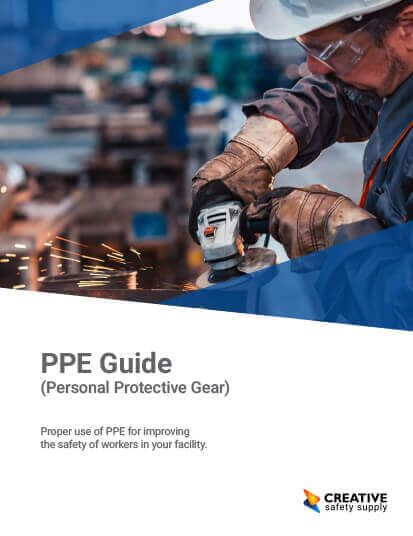
Anytime there is a spill in the workplace it needs to be correctly cleaned up. When it is the blood that is spilled, however, there are going to be several requirements for OSHA to make sure that everyone is safe. The most common type of blood spill in most workplaces is when someone is injured and begins bleeding onto the floor. In some industries, such as the medical industry, however, there are also times when blood that was previously collected is accidentally spilled. No matter how the spill occurs, you need to follow all OSHA requirements.
If the spill is due to an injury, the priority is to help the person who was injured. If they are bleeding excessively, calling in medical professionals and helping the victim to stop the bleeding should be your priority. If there is no injury or the person has been helped, the next priority is to make sure nobody else gets hurt.
This means taking steps to ensure nobody slips on the blood and making sure that there are no bloodborne pathogens that are spreading. To prevent slips and falls, the cleanup can occur largely like any other type of liquid spill. To prevent the spread of pathogens or other exposure, OSHA requires that a tuberculocidal disinfectant is used to clean up the blood.
This type of disinfectant will effectively kill off most types of bloodborne pathogens and help to ensure they do not spread. Of course, anyone cleaning up the blood spill will also need to wear proper protective equipment including gloves, a mask, and more.
Similar Questions
- What are the benefits of having spill kits?
- What are different types of spill kits?
- Does OSHA have spill kit requirements?
- What is in a biohazard spill kit?
- What does spill clean-up entail?
- How do I choose the right spill kit for my facility?
- What are the specific steps to containing a spill?
- Where should spill kits be located?
- What does a universal spill kit contain?

